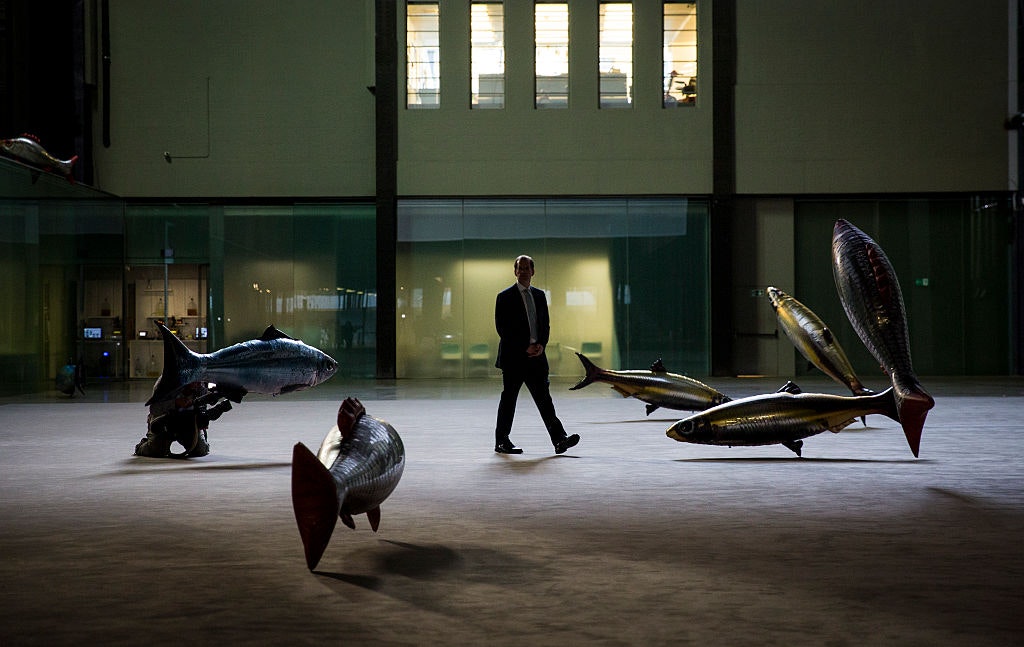The assassination of Soleimani
The Arab Spring didn’t amount to much, but when the US killed Soleimani last year it was a unexpectedly positive counterpoint
You may have read some of the contemplative and mournful journalism produced to mark ten years since the beginning of the Arab Spring. All the writing prompted by this anniversary assumed, as if by default, a funereal tone.
How sad it is, so many wrote, that all that protesting, all that passion, came to nothing. ‘The region’, as these analyses are wont to call it, is not more free, nor more liberal, than before. In fact – cruel irony! – very little has changed for all its decade of tumult. After years of morally compromised warfare, the dead are martyrs but not heroes, and the villains of the piece are in power.
This view is not unjustified. We have lost so many and so much in the past ten years. Figures of Syrian civil society like Raed Fares are routinely murdered amid the country’s unending conflict. Many dictators did not fall; or, for those who did, comparative rulers or chaos took their place. The past decade saw the rise and not-quite defeat of ISIS, even if the crushing of its territorial ‘caliphate’ and the killing of its ‘caliph’ give some consolation.
When the United States assassinated Qassem Soleimani many Iraqis and Syrians saw it as a New Year’s gift
There is one exception to this grim accounting, however, and it is integrally connected to the forces which helped cynically to undermine, and brutally to crush, many protest movements across the Middle East over the past ten years. This action – just over a year ago – was undertaken against the direction of travel in global policy. It was a complete surprise. It was accompanied, contra the predictions of innumerable experts, by little significant cost. And its target got what he deserved.
When, in January last year, the United States assassinated Qassem Soleimani of the Iranian Islamic Revolutionary Guards Corps, and one of his militia-leader operatives, Abu Mahdi al-Muhandis, many Iraqis and Syrians saw it as a New Year’s gift – a gift that was difficult to believe.
The man who had orchestrated the survival of Bashar al-Assad’s tyranny in Syria, the capture of the Iraqi state, and the murder of hundreds of protestors in Iraq’s streets, was dead. The symbol of an Iranian defiance built upon terrorist violence and militia rule was gone. Many felt jubilant, publicly and privately – but this delight was tempered with incredulity.
A retrospective essay by Rasha al-Aqeedi in Newlines magazine distils the gulf between Soleimani the symbol and Soleimani the body.
Soleimani had portrayed himself not only as a powerful hidden hand – a recent biography is titled for his nickname, ‘shadow commander’ – but also as an increasingly overt rather than a covert actor. He swanned around Middle Eastern battlefields, popping up at various Syrian offensives, and conducted shuttle diplomacy across Iraq. He posed for selfies with combatants so regularly that he may have had a quota. Soleimani was on his way to meet, and likely to direct, Iraq’s then prime minister when he was killed.
Iranian vengeance, of the kind both predicted and promised, didn’t live up to all that much
Like Saddam Hussain and other tyrants and terrorists of the recent past, Soleimani’s globetrotting built an image of immortality which was burnished by every death he caused without consequence. ‘[T]hose with no personal experience living at the mercy of tyranny struggle to comprehend the perception of invincibility that some leaders create in the minds of those over whom they rule’, al-Aqeedi writes.
‘Men like Soleimani have to be removed before the agony and destruction they’ve caused can ever be righted.’
The agony caused by the work of Soleimani’s life is unlikely to be wholly undone. The militias he ran still hold Iraq hostage. The Syrian regime still barely sustains its own survival, bolstered by foreign fighters, the wretched of the earth, whose massed transport into Syria was first administered by Iran’s Revolutionary Guards. Those dead because of his efforts cannot be resurrected; and those who will die at the hands of the forces he led and empowered cannot, in the near term, be saved.
But neither did Iranian vengeance, of the kind both predicted and promised, live up to all that much. Soleimani’s networks of proxies are good at gunning down Iraqi protestors and massacring Syrian civilians, but not at avenging the deaths of their leaders.
One year on, Iran has attempted to maintain Soleimani’s mythos with inconsistent effects. ‘His persona encapsulated an Iran that was no longer in retreat, no longer bowing to the whims of foreign powers, and able to be, by force of will alone, the master of its own destiny. He was killed because he was important. He was killed because Iran was important’, as Afshon Ostovar has it.
The lack of real response to the assassination, by contrast, indicates either Iran’s unimportance or its lack of capability.
As much as Soleimani helped to deny the Arab Spring its hoped-for decade, his death too has significance. Power creates false impressions that deaths tend to put right. Those capable of and willing to order the deaths of others can seem untouchable. But Soleimani was not.
And the story of his death illuminated a story of his life that was previously harder to tell. He survived to kill yet more because of American hesitance. When that expired, so did he. So it could still be with all those tyrants that the last ten years spared.
Enjoying The Critic online? It's even better in print
Try five issues of Britain’s newest magazine for £10
Subscribe














